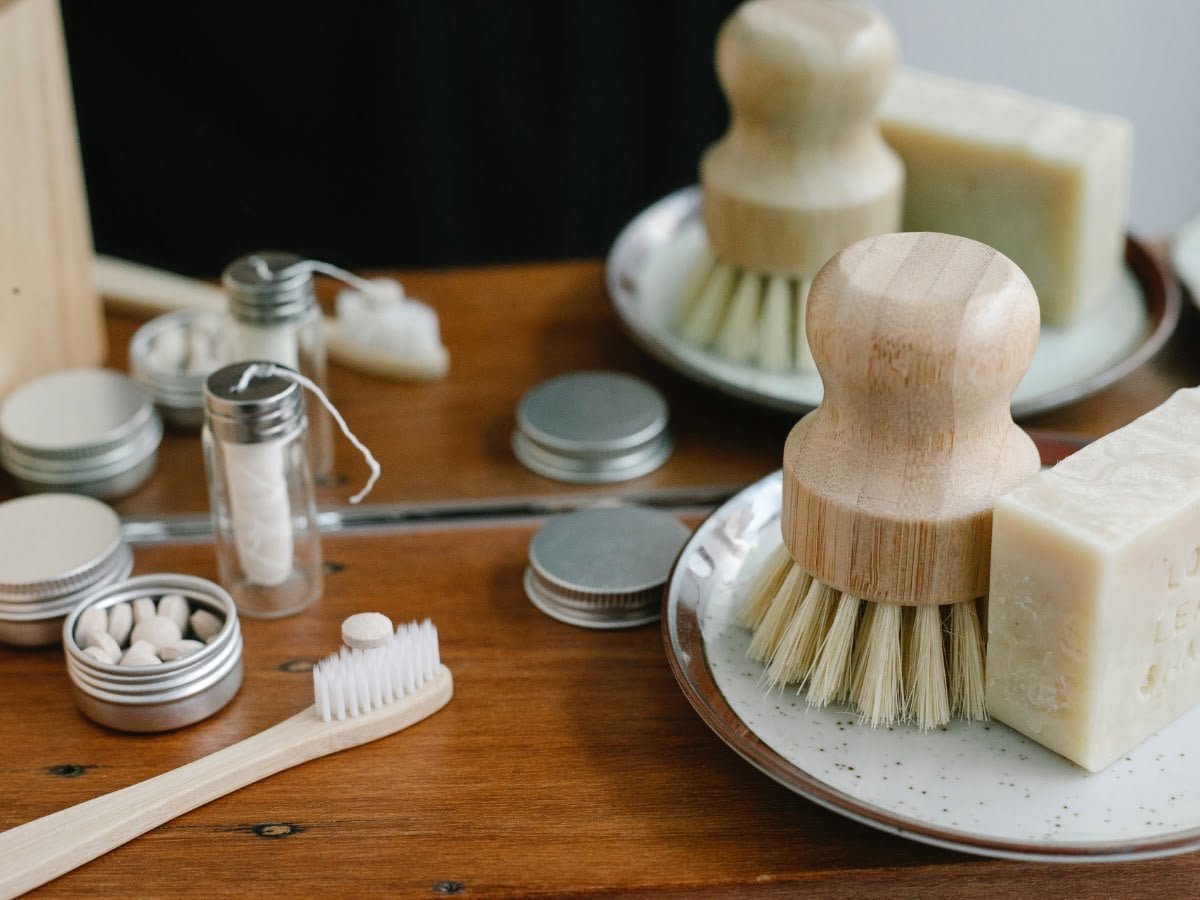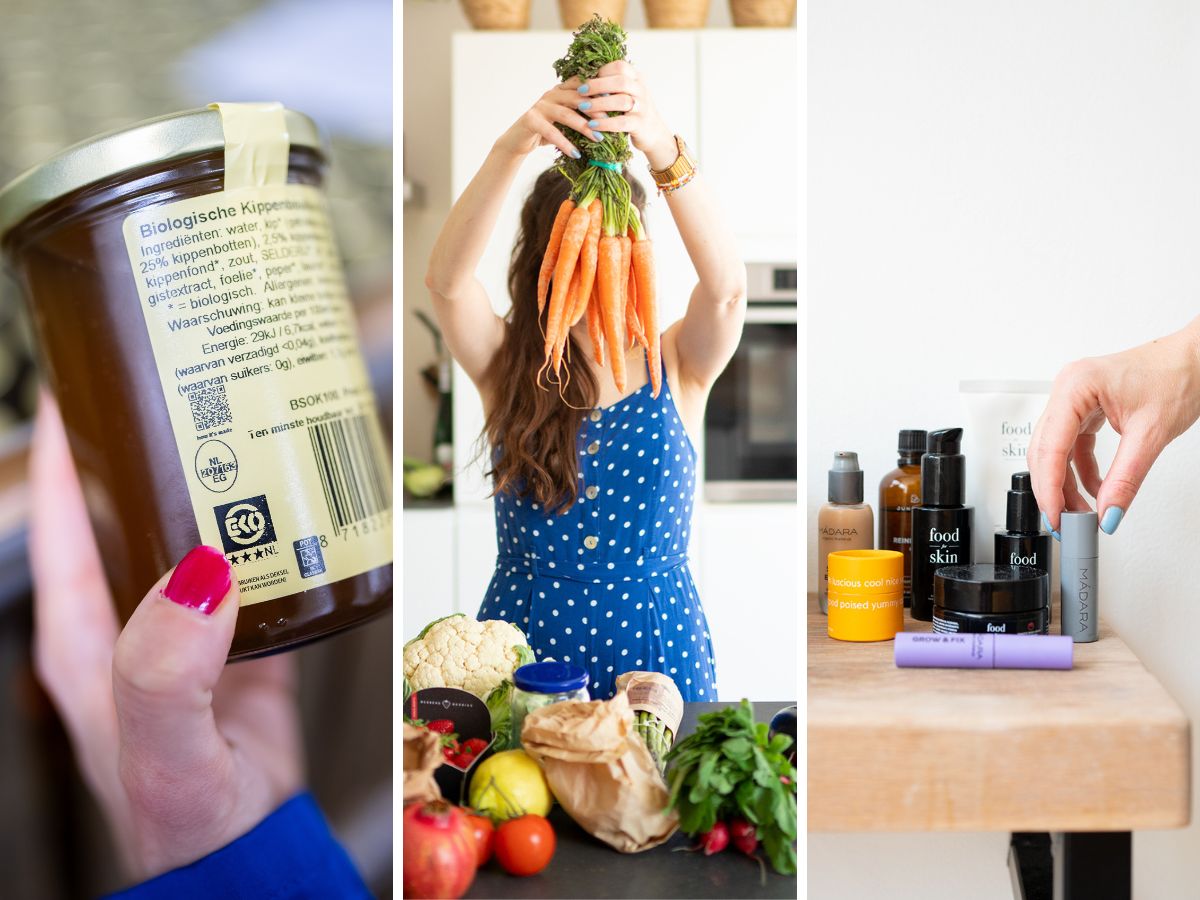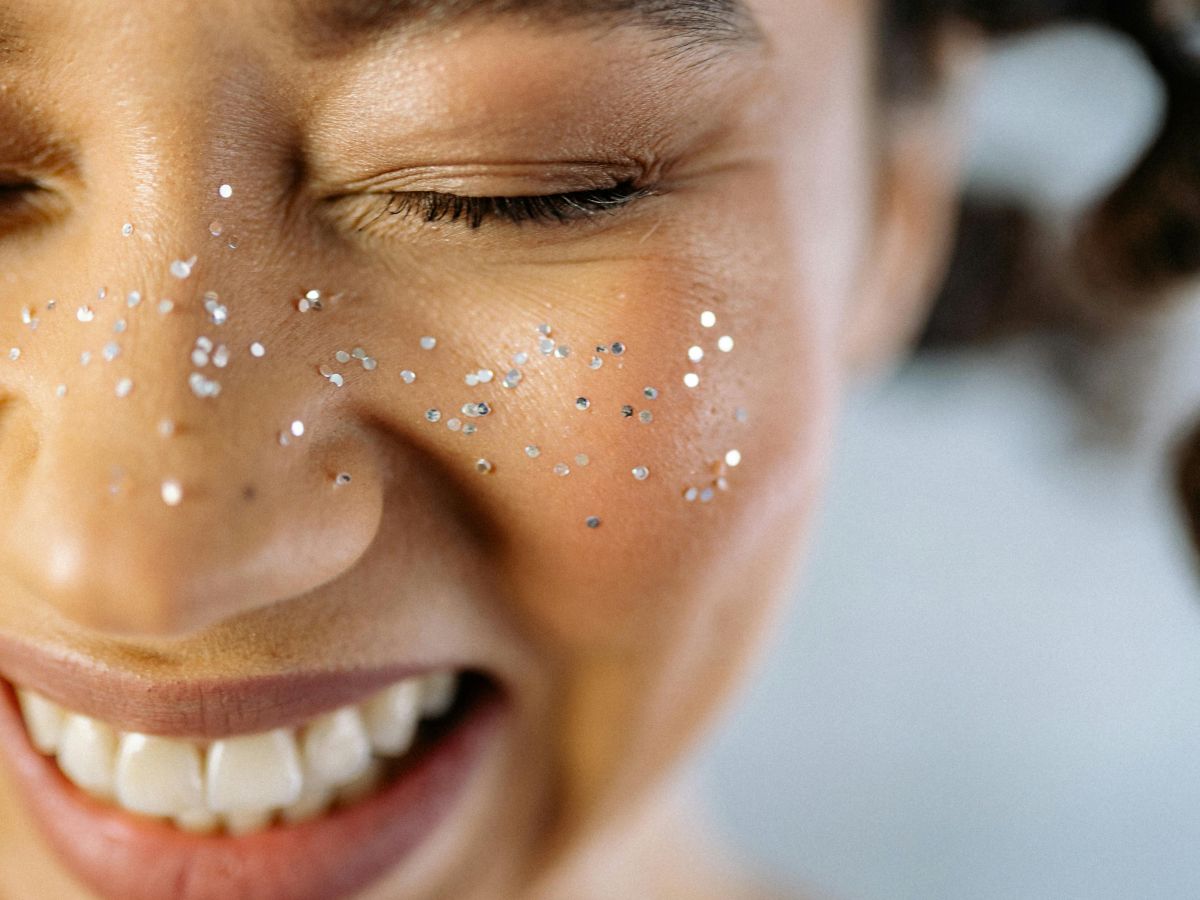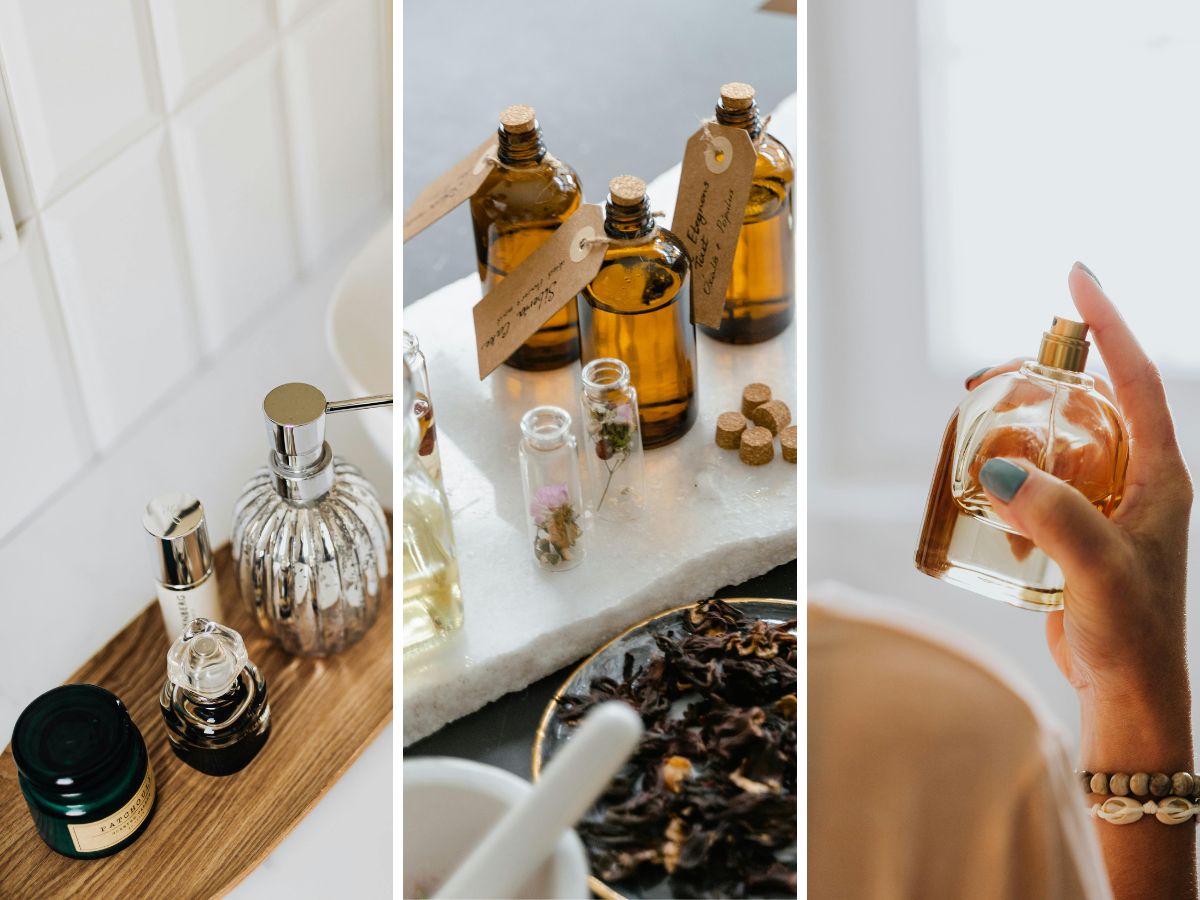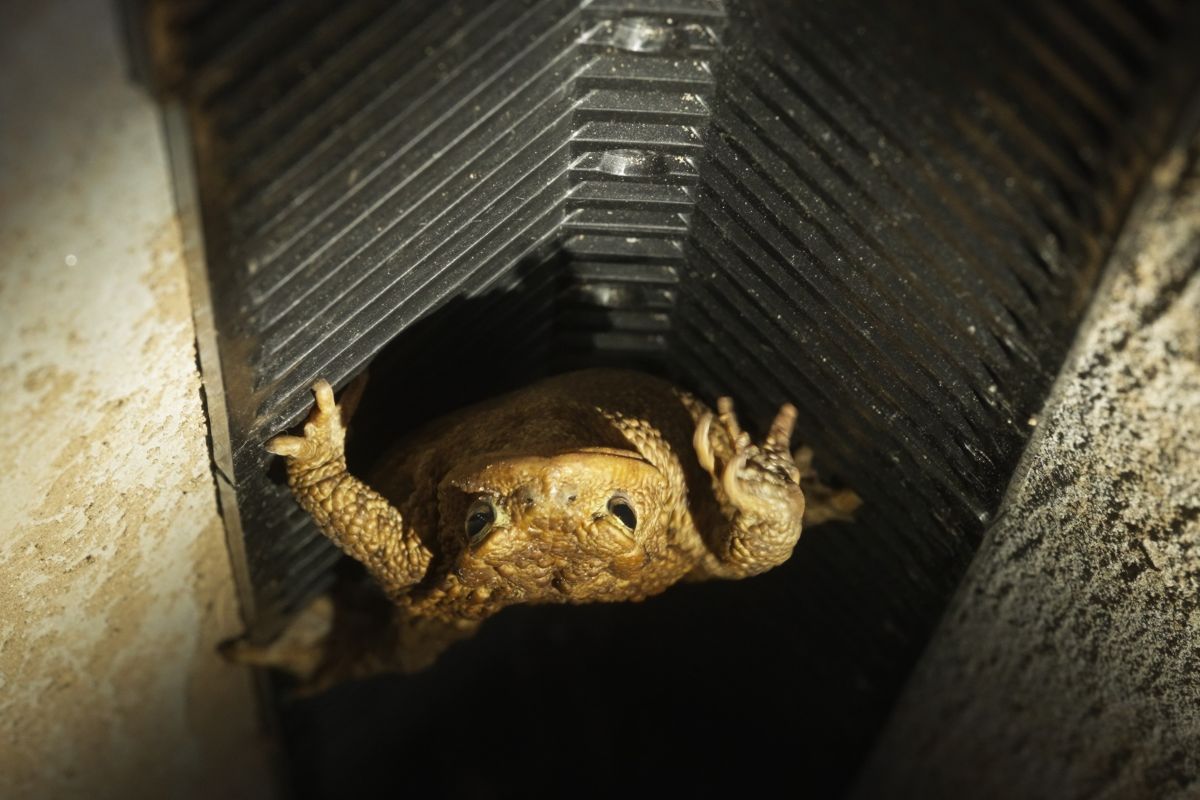Everything in the shop seems unnecessarily wrapped in plastic; plastic around your vegetables, a plastic bag around your bread and sweets in at least two layers of plastic. And so your PMD bag (Plastic, Metal and Drinking Packs) is easily stuffed after shopping. It can be done differently! Enthusiastic zero-waster Mascha takes you through the plastic problem and gives you ten tips to easily reduce your plastic consumption. Will you join us on a plastic diet?
Why is plastic a problem?
In the 1950s, plastic was introduced as an innovative new material. Since then, it has been used to make everything from door handles to toys, and from packaging to the outside of electrical appliances. Polymers, the molecules that plastic is made of, come in infinite varieties. You can use these polymers to make a wide variety of materials; from flexible and soft plastic to plastic as hard as metal. This makes it a super handy and useful material.
But we also discovered the major drawbacks of plastics in recent decades. First, plastic is made from petroleum, which we would rather not pump up anymore. And in addition, plastic pollutes the planet on a large scale and the material disintegrates into microscopic particles. There is so much plastic in circulation that we now even find microplastics in the air, the water, the earth and even in the human body. Scientists do not yet know exactly what its effects are, but you probably cannot imagine that it is healthy. Plastic is easy to recycle, but unfortunately it is not always recycled properly. Enough reasons to do your own best to use less plastic: go on a plastic diet!


So much litter due to plastic!
Ten tips to reduce your plastic use: go on a plastic diet!
So plastic is a terribly useful material, but we would rather not pollute the earth and poison ourselves with it. Do you also want to go on a plastic diet? Then start looking for alternatives to using plastic. Mascha helps you on your way with ten tips to reduce your plastic consumption.
1. Bring your own bag
Lugging groceries without that bag is not convenient. Besides, you pay extra for a plastic bag in the supermarket. So always take a bag, crate or reusable shopper with you when you go shopping. Do you keep forgetting? Then put a small reusable shopping bag in your handbag, under your bike seat or in the door of your car. That way, you will never forget your own bag again and save money and plastic.
2. Pack your own bag for bread
Most (sliced) bread is wrapped in plastic. But if you take your own bread bag with you to the supermarket or bakery, your bread can be in that too. It might take some getting used to for you, but often your baker or supermarket employee already knows about the desire to put the bread in a bag you brought with you from other customers! Dare to ask and you will see how fast it goes. At home, keep the bread in a sealed bread bin in the cotton bag. This will prevent your bread from drying out quickly. You can also freeze your bread in cotton in the freezer, but preferably uncut. Rather freeze sliced bread? Then keep a plastic bag and use it again and again to put over your cotton bread bag with sliced bread in the freezer!
3. Put fruit and vegetables in a bag
If you are on plastic diet, it is better to opt for uncut vegetables. In most cases, this is also better for your budget! Loose fruit and vegetables in the supermarket and at the greengrocer's can be taken away in their own bag or net. Many supermarkets sell these bags in the fruit and vegetable section. You buy them once and then use them again for years. They can simply go in the washing machine!



Ideas for a plastic-free (er) life.
4. Choose a lunch box or bag
Do you still take your bread to school or work in a plastic bag? Then you can save a lot of plastic by buying a bread bin. Choose a sturdy one so you can enjoy it for years. Here, we have listed the cutest sustainable stainless steel lunch boxes. Prefer a bag anyway? Choose a washable sandwich bag that you easily close with Velcro, string or magnetic closure.
5. Plastic diet: stop using plastic wrap
A leftover vegetable, a bowl of soup or half a melon is quickly wrapped with a layer of plastic wrap. Good against food waste, but not for the plastic soup! Rather choose sealable containers or bowls. That will save you a lot of foil. There are also fine beeswax wraps for sale, which also work perfectly instead of plastic foil or aluminium foil. By the way, you can easily make them yourself: check out our DIY for (vegan) beeswax cloths here. Prefer no dust? There are also silicone food wraps, Like this one from Good'Wrap.
6. Opt for plastic-free shower gel and shampoo
Often, your bathroom is full of plastic bottles. Shower gel, bath foam, shampoo and conditioner all come in plastic. Not necessary! There are also many alternatives for the plastic bottles in your bathroom. You can choose a soap for your body and a block of shampoo and conditioner for your hair. Rather not have a block of soap? Then these days there are also blocks and powders available that you dissolve in water and put in a soap dispenser. That way you never have to buy a new bottle again!
7. Polish without plastic
Plastic-free tooth brushing? Yes definitely! Hand toothbrushes and even the brush head for your electric toothbrush are now also available in wood or bamboo. This is a quick way to reduce your plastic consumption in the bathroom. There are also alternatives for your toothpaste: toothpaste in glass or toothpaste tablets in paper bags or glass jars. Want to know more about the environmental impact of your oral care? We have done research on this too. Spoiler: you won't make the real difference with your plastic consumption.
8. Shave plastic-free
For the most part, razor blades are made of plastic. And whether you use a fixed holder with attachments or separate disposable blades; unnoticed large amounts of plastic go into your dustbin. Therefore, buy one-off a safety razor and shave plastic-free from now on. It takes some getting used to, but after that you will never want to do anything else!
9. Plastic-free menstruation
You may not think about it, but when you menstruate you probably use a lot of plastic. Your sanitary pads and tampons usually contain plastics. Not very nice for your body either... Fortunately, there are alternatives on the market. You can opt for sanitary pads and tampons made of 100% natural materials. And there are reusable alternatives like the menstrual cup, washable pads, tampons and menstrual underwear. Earlier, we tested three sustainable menstrual products.



On plastic diet with a menstrual cup. And with storage boxes and drinking cups, you also save waste (and money!).
10. Plastic diet: bring your own cup
Are you used to drinking a mug of tea or coffee on-the-go often? Have you ever considered that these cups have a plastic coating? And every day we throw away 11 million disposable cups in the Netherlands. Avoid plastic waste and bring your own cup. At many kiosks and coffee shops - like, for instance, at the Kiosk at all NS stations! - you also get a discount on your tea or coffee! In this article, you will find a list of the cutest sustainable stainless steel drinking bottles and mugs.
How are you going on a plastic diet?
Is your plastic consumption still pretty high after these 10 tips? When you get started on your plastic diet, you can also first look at what your plastic waste mainly consists of. Do some research! Keep track of all the plastic packaging you throw away for a week or two. Is your plastic bag full of bread bags, jugs of milk or shampoo bottles? If you know what you use most, you can actively look for alternatives with less plastic packaging.
Looking for even more tips? Go on a plastic diet together with Plastic Soup Foundation at the website or via the app.
More on plastic thegreenlist.nl
- Do you have any old plastic lunch boxes and drinking cups lying around? Then read here whether it is a good idea to replace a plastic sandwich bag and drinking cup with plasticisers.
- Avoiding unnecessary plastic is a good idea, but sometimes you (almost) can't get out from under plastic packaging. How bad is this? Read the truth about plastic packaging in this article.
- More and more packaging made of recycled plastic is emerging. Wondering how exactly the recycling process works? You can read about it in this article.
Photo credits: main image: Sarah Chai (Pexels), plastic packaging: Magda Ehlers (Pexels), plastic on beach: Jasmin Sessler (Unsplash), glass jars: Karolina Grabowska (Pexels), sandwich bag, bread bin and photo with coffee mug: Mascha Bongenaar.

